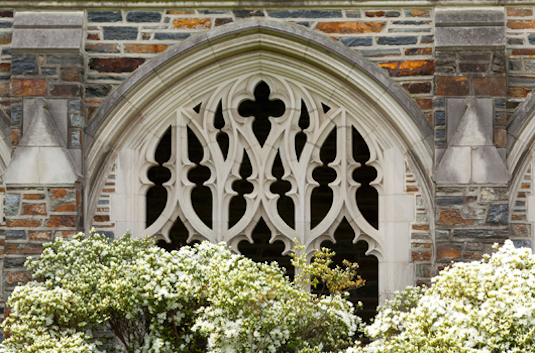Disturbance of Phase Transitions in Neurological Disease

Eukaryotic cells partition their contents into numerous specialized structures termed organelles that create microenvironments to facilitate specific functions. Membrane-less organelles such as ribonucleoprotein (RNP) granules differ from classical membrane-delimited compartments in that they behave like liquid droplets that rapidly assemble and disassemble in response to changes in the cellular environment. Membrane-less organelles include nucleoli, Cajal bodies, speckles, paraspeckles, and PML bodies in the nucleus, as well as P bodies, stress granules, and RNA transport granules in the cytoplasm. Paradigm-shifting advances over the past year have revealed that diverse membrane-less organelles assemble via liquid-liquid phase separation (LLPS) of low sequence complexity domains that are particularly enriched in RNA-binding proteins. In my talk I will present evidence generated in my lab over the last 8 years indicating that the defect underlying many forms of ALS and FTD is disturbance of phase transitions that alters the dynamic properties of membrane-less organelles.






